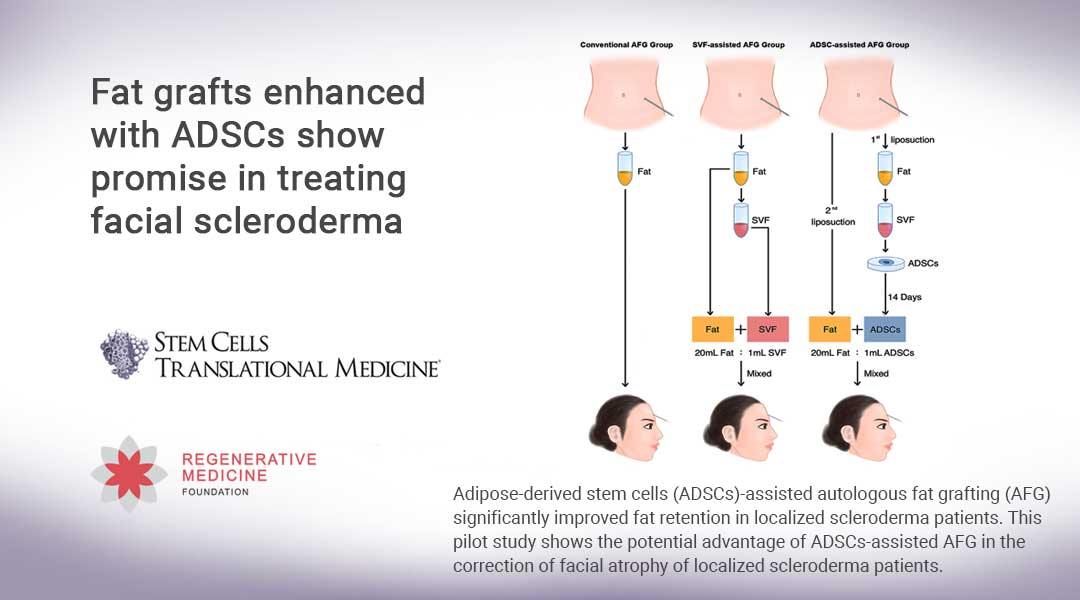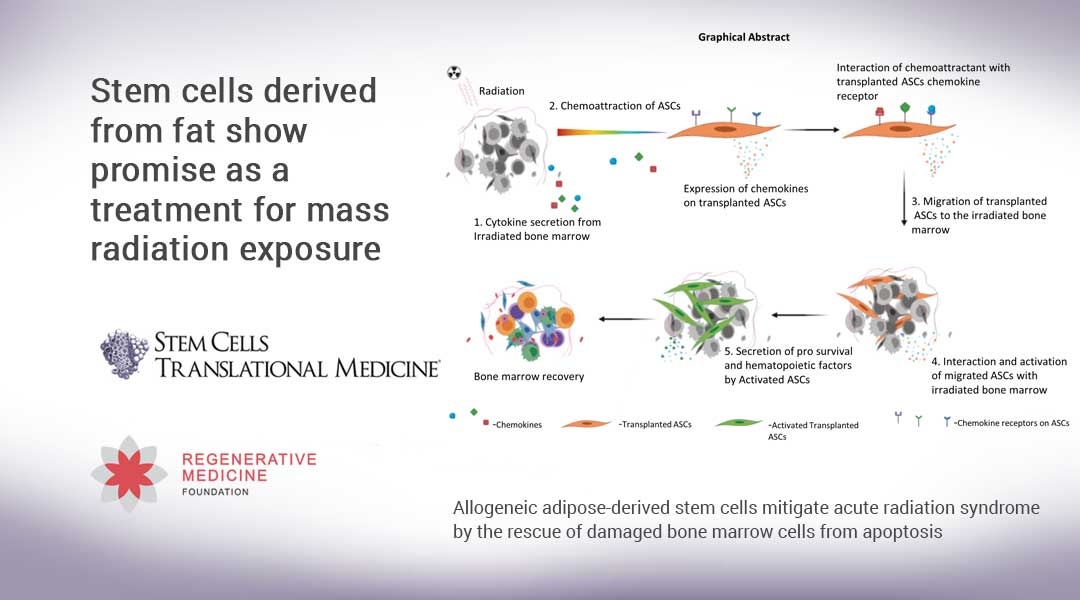Durham, NC – A study released today in STEM CELLS Translational Medicine provides compelling evidence of how an injection of human amniotic fluid stem cells can be used to protect the spinal cord of a fetus from myelomeningocele (MMC). The finding could lead to a new strategy for treating this debilitating birth defect that affects about 1 out of every 4,000 children born in the United States each year.
The most severe form of spina bifida, myelomeningocele results when the backbone and spinal canal do not close before birth. It can leave a child with many disabilities, including partial or full paralysis, difficulty with bowel and bladder control, hydrocephalus and developmental delay.
“Despite the poor prognosis associated with MMC, the options for prenatal treatments are still limited,” said the study’s lead investigator, Daigo Ochiai, M.D., Ph.D., of the Keio University School of Medicine, Tokyo, Japan. “Recently, however, cellular therapy delivered to the fetus while in the womb has shown promise for treating birth defects.
“This led us to investigate whether human amniotic fluid stem cells (hAFSCs) might be used to treat fetal MMC, especially since fetal MMC can be diagnosed during an early stage of pregnancy and this gives us an opportunity to isolate hAFSCs from those patients and use them for in utero therapy. To the best of our knowledge, this is the first study to do this,” he added.
Pregnant rats were treated to induce fetal MMC, then injected with hAFSCs in each amniotic cavity. “Overall, we examined 116 rat fetuses with MMC,” said Dr. Ochiai. “Results showed that the hAFSCs exerted their effect on fetal MMC via two different mechanisms: by migrating to the lesions and covering the exposed spinal cords, and by secreting hepatocyte growth factor to protect neural elements and promote neural regeneration.”
Yushi Abe, M.D., also of Keio University School of Medicine, was first author of the study. “MMC is a disease that causes many disorders, but there is no effective treatment,” he noted. “This study shows us that in utero therapy with hAFSCs may be an innovative treatment for fetal MMC. As such, we would like to continue research for human clinical application in the future.”
“The ability to use a cell therapy to treat a condition like spina bifida prenatally with minimal risk to the fetus would be a major advance in treatment,” said Anthony Atala, M.D., Editor-in-Chief of STEM CELLS Translational Medicine and director of the Wake Forest Institute for Regenerative Medicine. “We look forward to seeing the development of this important pre-clinical research.”
The full article, “In Utero Amniotic Fluid Stem Cell Therapy Protects Against Myelomeningocele via Spinal Cord Coverage and Hepatocyte Growth Factor Secretion,” can be accessed at https://stemcellsjournals.onlinelibrary.wiley.com/doi/abs/10.1002/sctm.19-0002.
About STEM CELLS Translational Medicine: STEM CELLS Translational Medicine (SCTM), co-published by AlphaMed Press and Wiley, is a monthly peer-reviewed publication dedicated to significantly advancing the clinical utilization of stem cell molecular and cellular biology. By bridging stem cell research and clinical trials, SCTM will help move applications of these critical investigations closer to accepted best practices. SCTM is the official journal partner of Regenerative Medicine Foundation.
About AlphaMed Press: Established in 1983, AlphaMed Press with offices in Durham, NC, San Francisco, CA, and Belfast, Northern Ireland, publishes two other internationally renowned peer-reviewed journals: STEM CELLS® (www.StemCells.com), celebrating its 37th year, is the world’s first journal devoted to this fast paced field of research. The Oncologist® (www.TheOncologist.com), also a monthly peer-reviewed publication, entering its 24th year, is devoted to community and hospital-based oncologists and physicians entrusted with cancer patient care. All three journals are premier periodicals with globally recognized editorial boards dedicated to advancing knowledge and education in their focused disciplines.
About Wiley: Wiley, a global company, helps people and organizations develop the skills and knowledge they need to succeed. Our online scientific, technical, medical and scholarly journals, combined with our digital learning, assessment and certification solutions, help universities, learned societies, businesses, governments and individuals increase the academic and professional impact of their work. For more than 200 years, we have delivered consistent performance to our stakeholders. The company’s website can be accessed at www.wiley.com.
About Regenerative Medicine Foundation (RMF): The non-profit Regenerative Medicine Foundation fosters strategic collaborations to accelerate the development of regenerative medicine to improve health and deliver cures. RMF pursues its mission by producing its flagship World Stem Cell Summit, honouring leaders through the Stem Cell and Regenerative Medicine Action Awards, and promoting educational initiatives.



